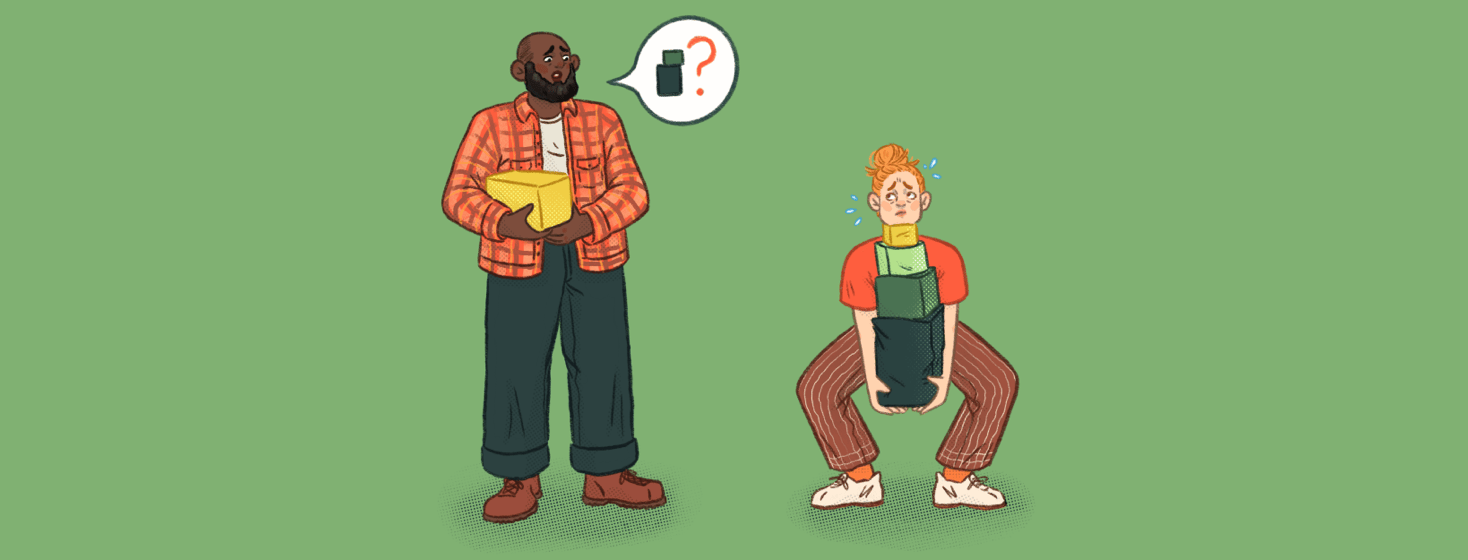Gender Roles in Alzheimer's Caregiving
Editorial note: This article discusses gendered caregiving from a binary perspective. The published research focuses on how the caregiving burden affects females and males differently. At AlzheimersDisease.net, we acknowledge and affirm the full spectrum of gender expression.
Family members often step into the caregiving role for a loved one with Alzheimer's. Informal caregiving allows a loved one with Alzheimer's to stay in their home. Maintaining familiarity and consistency is vital for quality of life and well-being. The cost to the caregiver can be high. Acknowledged or unacknowledged, gender often plays a role in the division of caregiving tasks.1,2
Statistically, women bear the greater burden of caregiving for a loved one with Alzheimer's. Among those in caregiving roles globally, around 80 percent are women. Women taking on the caregiving role reinforces gender inequality at home and in the workforce.1-3
Impact at work
Providing care for a loved one with Alzheimer's is a significant time commitment. A caregiver can invest over half of a 24-hour period in caregiving tasks. The result is less ability to meet demands at work. Caregivers often shift to part-time work, use family leave, or take early retirement to care for a loved one.1,2
When women fill this role, it impacts gender equity in the workforce. Assuming a caregiving role can mean a woman loses:1,2
- Years vested
- Earnings
- Opportunities for promotion
- Retirement contributions
Burden on health
Women also experience a burden on their health. Dedicating so much time to caregiving leaves little time for self-care. Compared to men, women:1,2
- Get less leisure time
- Have fewer opportunities to exercise
- Sleep fewer hours
Women also receive less family support. Men are lauded when contributing a little to caregiving. At the same time, women are undervalued for doing much. The disconnect in support can come from the person receiving care as well as others.1,2
Women are more involved in day-to-day emotional caregiving. They ensure the home is safe and the loved one gets to appointments. They assist with daily tasks of dressing, bathing, and meals. It comes with a higher toll on their health. Women feel their mental health spiral. They can experience:1,2
- Depression
- Frustration
- Anxiety
- Guilt
- Loneliness
- Anger
There is an impact on physical health as well. Fatigue, pain, insomnia, and stress affect women more frequently.1,2
Division of labor
Communication is key when dividing caregiving tasks. Resentment grows when men assume women will step in to fill the needs. An assumption of traditional gender roles creates stress.1-3
Women historically are viewed as nurturers and caregivers. Strained relationships result when men do not equally share the burden of care. Paying the bills is different from showing up daily.1-3
Talk it out
Avoid reaching a breaking point through open communication. Everyone should be honest about what they are willing and able to do. All caregivers should feel empowered to ask others for help. Having these conversations can feel awkward at first. A few key things to help guide the process:3
Meeting your loved one's needs does not require meeting their gender expectations
Dad may think Julia cannot mow the lawn. He does not want Daniel to help with his personal care. What is essential is that the grass gets cut, and Dad gets dressed, eats, and bathes. His expectation of who does what is not a requirement for dividing tasks.3
Discuss gender roles as caregivers
Acknowledge the current gender roles in the family. Recognize the family's historical division of labor. Have a frank discussion about how this may not work for the current dynamic. Men may want to take a greater caregiving role but need to know how. Women may need to work at letting male family members assist with responsibilities.3
Focus on teamwork
Create an expectation that everyone contributes. When things crop up in your lives, communicate. How caregiving happens evolves. Your loved one's needs change over time. Your life changes over time as well.3
Check-in regularly with your co-caregivers. Negotiate what is collectively feasible. Set aside gender roles to provide the best care possible for your loved one.3

Join the conversation